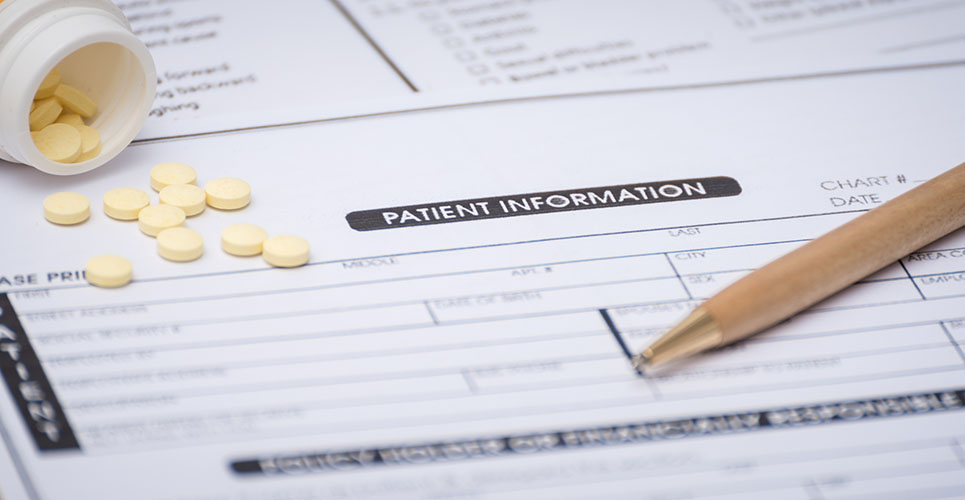Christine Clark PhD FRPharmS FCPP(Hon)
Editor, HPE
Pharmacists often bemoan inconsistent and conflicting information that appears in summaries of product characteristics for anti-cancer drugs, and they have a powerful ally in Mark Ratain
The American Society of Healthsystem Pharmacists (ASHP) wisely chose Mark Ratain to give the ‘Spotlight in Science’ address during the Midyear Clinical Meeting in December 2013 (see full report on page 12). Professor Ratain, an oncologist at the University of Chicago, US, is well-known for his hard-hitting editorials that expose some of the unhelpful items that have crept into product data sheets. He does not merely criticise but draws on serious science, published data and logical argument to suggest how things might be done better.
The first target of his critique on this occasion was individualisation of chemotherapy doses by body surface area (BSA) – a practice that he said was just ‘not science’. In the first place, BSA does not have a clinically relevant impact on the area under the concentration–time curve (reflecting exposure to the drug) for most anti-cancer drugs. However, he reserved his most stinging criticisms for the obsession with precise dosing. For this, he likens chemotherapy to the use of hand grenades: to be effective they only need to be near the target – it is not essential to hit the target. Indeed, insistence on precise adjustment of the dose by BSA, itself estimated by nomograms of questionable validity, could lead to administration of a consistently wrong dose – precision is only useful if accuracy is also high, he pointed out. “Anyone who is worried about rounding a dose by 10% does not understand the intrinsic inaccuracy of the calculation”, he said. Pharmacists, he added, should be “pushing back” at precise dosing.
Another target was labelling of anti-cancer drugs in relation to concomitant food intake in ways that could actually be dangerous for some patients. Many oncology drugs are labelled in such a way that the majority of the dose is flushed down the toilet. The problem is that the absorption of a number of drugs is greatly increased – sometimes five- or tenfold – if taken with food. This implies that the absolute bioavailability in the fasting state is no more than 10%, and therefore 90% of the dose would be excreted in the faeces. Non-oncology drugs whose bioavailability increases with food are usually labelled to be taken with food but oncology drugs in this category are labelled to be taken fasting. This means that, for some drugs, ‘accidentally’ eating 30 minutes after a dose could result in very much higher levels than usual. This would not matter if the drug had a wide therapeutic index but could be critical if dose-related side effects are a problem, as is the case with nilotinib. In the US, the label (summary of product characteristics) for nilotinib contains a black-box warning that the drug can cause QT prolongation and sudden death. This is tantamount to saying, ‘If you take nilotinib with breakfast, you might die’. Professor Ratain argues, quite rightly, that this is a serious patient safety issue. It is simply unrealistic to expect patients to take a drug on a long-term basis that requires a three-hour fasting interval around the dose. It would be safer to give a smaller dose, labelled to be taken with a high-fat meal. That way, the worst consequence of non-adherence is under-dosing.
Mark Ratain’s most powerful message is probably, “look at the data and think for yourself”. He reminds us forcefully why science and clinical practice go hand in hand – his editorials should be on every pharmacist’s reading list.

